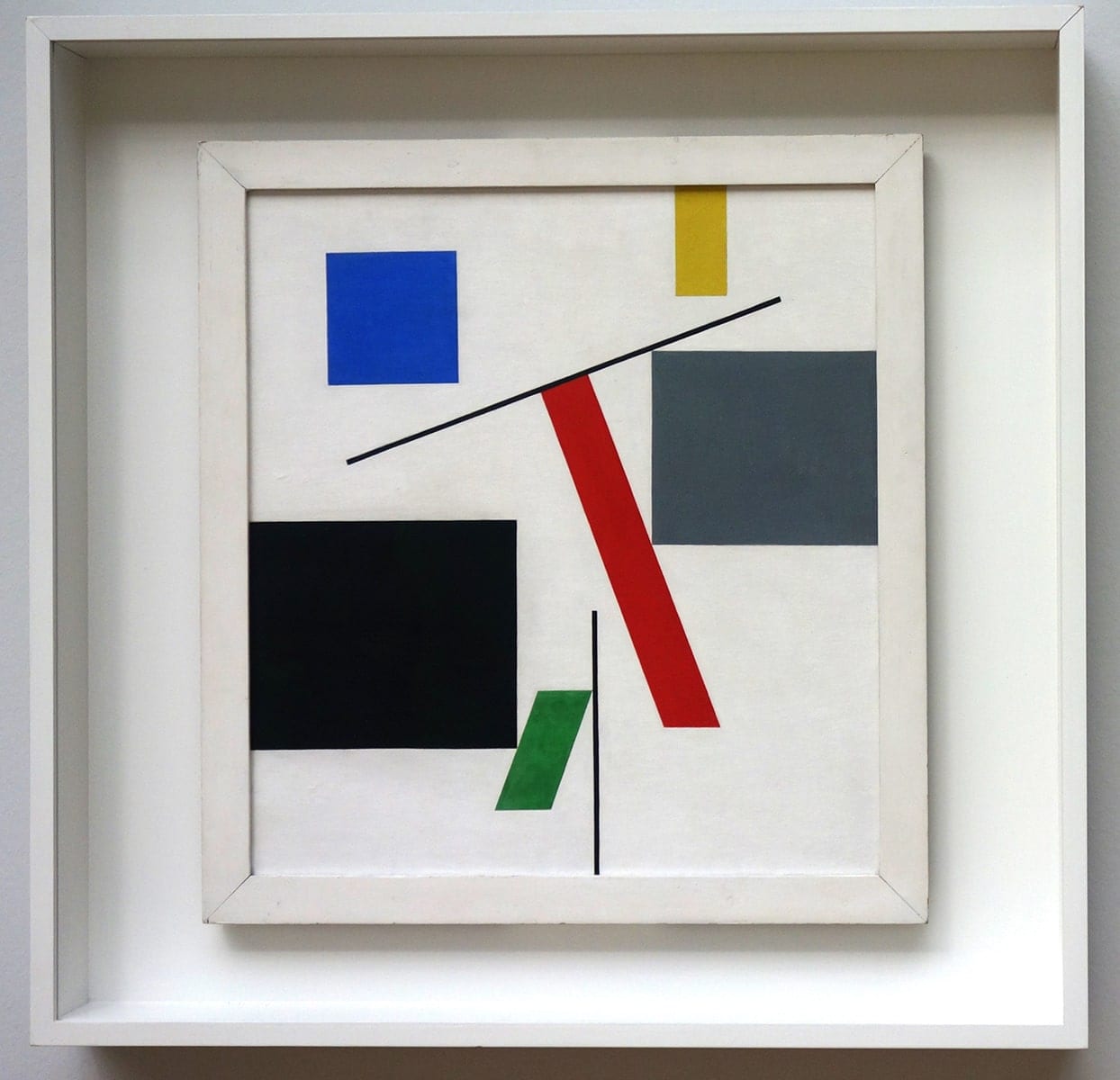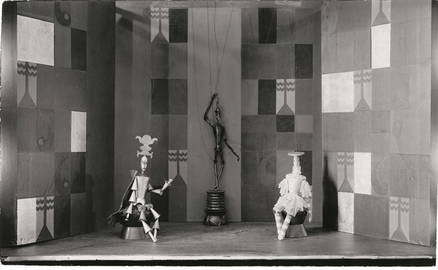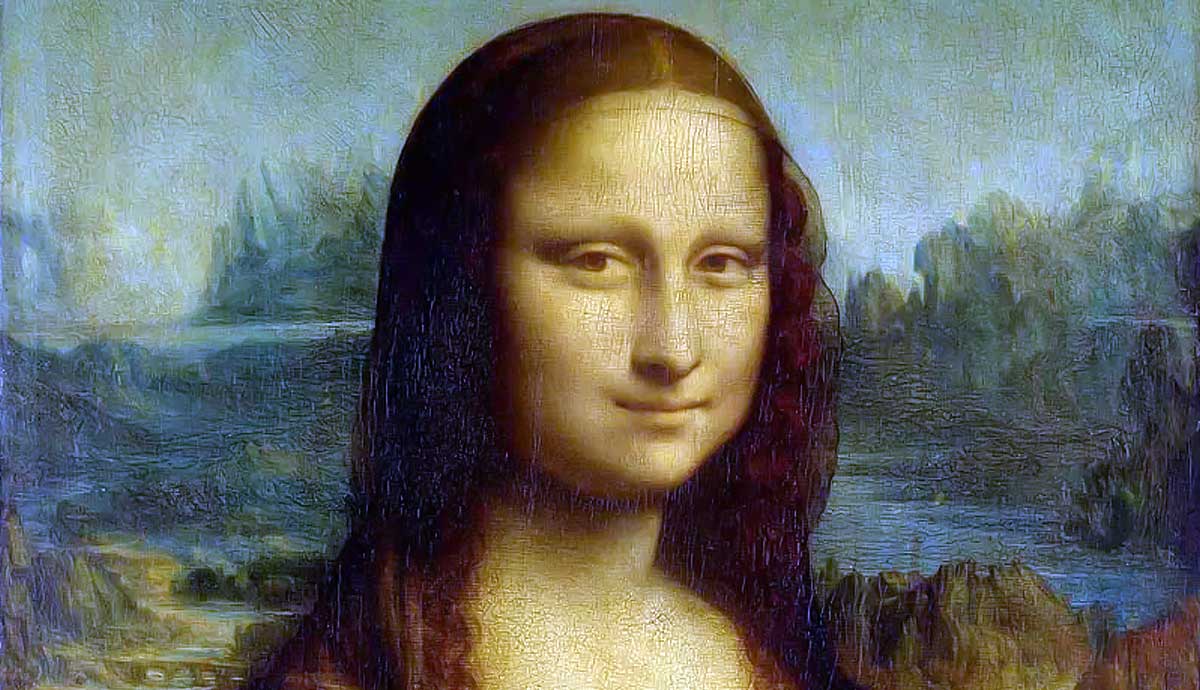
Maman, a sculpture by artist Louise Bourgeois Art history’s Walk of Fame is paved with the names of male artists, but is starting to collect more female artists. The general perception of a masculine master and masterpiece is strongly influenced by the fact that their female counterparts are almost completely missing in our schoolbooks and in the most important museum galleries.
Female Artists Today
In the movie industry, the underrepresentation of women in leading roles as directors and as producers has caused many waves of outrage in the last couple of years. Hashtags rearing up on social media such as #OscarsSoMale show that there is a high demand for more female visibility.
The same is true for the art industry, although the outcry is not as loud as in Hollywood. One reason for it could be that, at least in modern and contemporary art, there has been a slower and steadier shift towards representing more women. As early as in 1943, Peggy Guggenheim organized an all-female exhibition at her infamous New York gallery Art of this Century, including contributions from Dorothea Tanning and Frida Kahlo. This pioneering undertaking, called 31 Women, was the first of its kind outside of Europe. Since then, much has changed. Today, there are many galleries representing ever more female artists. Also, there are more women contributing at prestigious art festivals and they are winning important awards.

However, female artists are still underrepresented in the museum landscape. The art market information company Artnet revealed in an analysis that between 2008 and 2018, only 11 percent of all work acquired by the top American museums was by women. Thus, when it comes to a historical understanding of art, there is still much work to be done in order to increase visibility for female artists and their work.
Here’s an overview of my favorite women artists all across art history, up until today, that I appreciate for their mastery of multiple media, for their conceptual thinking, for their treatment of female-centered topics and thus, for creating a remarkable and unique œuvre.
Camille Henrot
French-born, contemporary female artist Camille Henrot is famous for working with different media ranging from film to assemblage and sculpture. She has even ventured into Ikebana, a traditional Japanese flower arrangement technique. Though what makes her work truly remarkable is her ability to combine seemingly contradictory ideas. In her complex artworks, she sets philosophy against pop culture and mythology against science. The underlying, all-encompassing idea of her artworks is never all too obvious. Camille Henrot is a master in wrapping things up elegantly, creating subtle and mystical atmospheres. It is only after having immersed into them that you will be able to connect the dots.
To illustrate it best, let’s take an example: Between 2017 and 2018, Camille Henrot exhibited a Carte Blanche at the Palais de Tokyo in Paris, titled Days are Dogs. She questioned the relationships of authority and fiction that determine our existence, and took one of the most foundational structures in our lives – the week – in order to organize her own exhibition. Whereas years, months and days are structured by a natural given, the week, by contrast, is a fiction, a human invention. Yet the narrative behind it does not diminish its emotional and psychological effects on us.

In one of the rooms, Camille Henrot exhibited her installation The Pale Fox, which had previously been commissioned and produced by Chisenhale Gallery. She used it in order to represent the last day of the week – Sunday. It is an immersive environment built on Camille Henrot’s previous project Grosse Fatigue (2013) – a film awarded with the Silver Lion at the 55th Venice Biennial. While Grosse Fatigue tells the story of the universe in thirteen minutes, The Pale Fox is a meditation on our shared desire to understand the world through the objects that surround us. She accumulated personal material and superimposed it according to an excess of principles (the cardinal directions, the stages of life, Leibniz’s philosophical principles), creating the physical experience of a sleepless night, a “cataloguing psychosis.” On her website, she states that “with The Pale Fox, I intended to mock the act of building a coherent environment. Despite all of our efforts and good will, we always end up with a pebble stuck inside one shoe.”
Haris Epaminonda
The focus of the Cypriot artist’s work centers on expansive collages and multilayered installations. For the international exhibition at the 58th Venice Biennale, she combined found materials such as sculptures, pottery, books, or photographs, which she used to carefully construct one of her characteristic installations.

Similar to Camille Henrot, her compositions do not reveal their underlying meanings immediately. However, what differentiates her work from Camille Henrot’s is that she doesn’t embed her objects into complex narratives and conceptual theories. Instead, her installations are organized in a far simpler way, evoking a sense of minimalistic order. It is only after having a closer look at the individual objects that you will notice the contradictions behind a seemingly perfect aesthetic. For her compositions, Haris Epaminonda uses found objects that in a traditional understanding, would be completely strange to each other. For example, you can find a Bonsai tree standing next to a Greek column in an almost natural way. The artist entangles her objects in a web of historical and personal meanings that are unknown to the public and, probably, to herself too. Although Haris Epaminonda does not ignore the implicit stories of her objects, she prefers to let them exert their power intrinsically.

For her thirty-minute video Chimera, Haris Epaminonda won the 58th Venice Biennale’s Silver Lion award as promising young participant and since then, is one of contemporary art’s international shooting stars.
Njideka Akunyili Crosby
Njideka Akunyili Crosby was born in Nigeria and currently lives and works in Los Angeles. As a teenager, her mother won the green card lottery, enabling the whole family to move to the United States. In her paintings, Akunyili Crosby reflects her experiences as a member of the contemporary Nigerian diaspora. On gigantic paper surfaces, she applies multiple layers in order to depict portraits and domestic interiors, juxtaposing depth and flatness.
This female artist works with a mixed-media technique containing photographic transfers, paint, collage, pencil drawing, marble dust and fabric, among other things. This way, the artist creates extraordinary paintings that illustrate rather ordinary, domestic themes in which she depicts herself or her family. Her work is really all about contrasts, both formally speaking and content wise. Having a closer look at the details of her paintings, you will find objects such as a cast iron radiator indicating New York’s cold winters or a paraffin lamp set on a table, for instance, which is drawn from Akunyili Crosby’s memories of Nigeria.

However, contrasts are not only constrained to the above mentioned: By 2016, a sudden high demand for Akunyili Crosby’s work, which she produces slowly, outweighed supply. This caused her artworks’ prices to explode in the market. It culminated with one of her paintings being sold at Sotheby’s contemporary art auction in November 2016 for almost $1 million, setting a new artists’ record. Only six months later, a work was sold by a private collector for around $3 million at Christie’s London and in 2018, she sold another painting for around $3.5 million at Sotheby’s New York.
Louise Bourgeois
The French-American artist is best known for her large-scale sculptures, the most famous being a gigantic bronze spider the ‘Louise Bourgeois Spider’ titled Maman which is constantly travelling around the world. With a height of nine meters, she has created an oversized, metaphorical representation of her own mother, though the artwork is not at all about revealing a tragic mother-and-daughter relationship. On the contrary: The sculpture is an homage to her own mother who worked as a tapestry restorer in Paris. Just like spiders, Bourgeois’ mother was renewing tissue – again and again. The artist thus perceived spiders as protective and helpful creatures. “Life is made up of experiences and emotions. The objects I have created make them tangible”, Bourgeois once said to explain her own artwork.

Apart from creating sculptures, she was also a prolific painter and printmaker. In 2017 and 2018, the Museum of Modern Art in New York (MoMA) dedicated a retrospective of the artist’s lesser-known œuvre, called An Unfolding Portrait, mostly focusing on her paintings, sketches and prints.

Whichever media the multi-talented artist used, Bourgeois mostly focused on exploring themes revolving around domesticity and the family, sexuality and the body, as well as death and the unconscious.
Gabriele Münter
If you know Wassily Kandinsky, Gabriele Münter should be no lesser name to you. The expressionist female artist was at the forefront of the group Der Blaue Reiter (The Blue Rider) and worked together with Kandinsky, whom she had met during her classes at the Phalanx School in Munich, an avant-garde institution founded by the Russian artist.

Kandinsky was the first one to notice Gabriele Münter’s painting abilities in the early 20th century. Their professional relationship – which eventually turned into a personal one as well – lasted for almost a decade. It was during this time that Gabriele Münter would learn to work with a palette knife and thick brush strokes, applying techniques that she derived from the French Fauves.
With her newly acquired skills, she started to paint landscapes, self-portraits, and domestic interiors in rich colors, simplified forms, and bold lines. After some time, Gabriele Münter developed a deeper interest in painting the spirit of modern civilization, a common theme for expressionist artists. Just as life itself is a cumulation of transient moments, she started to capture instantaneous visual experiences, generally in a rapid and spontaneous way.

To evoke feelings, she used vivid colors and created poetic landscapes that are rich in fantasy and imagination. Gabriele Münter and Kandinsky’s relationship strongly affected the Russian artist’s work. He began to adopt Gabriele Münter’s use of saturated colors and her expressionist style in his own paintings.
Their relationship came to an end when Kandinsky had to leave Germany during First World War and thus, he had to go back to Russia. From that point on, both Gabriele Münter and Kandinsky went on with a life separated from each other, but their mutual influence on each other’s works remained.
Sophie Taeuber-Arp
Sophie Taeuber-Arp is probably one of the most multi-talented female artists in art history. She worked as a painter, sculptor, textile and set designer and as a dancer, among others.

Set design for König Hirsch (The Stag King), Sophie Taeuber-Arp, 1918, photograph by E. LinckThe Swiss artist started as an instructor for embroidery, weaving and textile design at the University of the Arts in Zurich. In 1915, she met her future husband Jean “Hans” Arp, who had fled from the German Army during First World War and who had joined the Dada movement. He introduced her to the movement and subsequently, she participated in performances that were organized by the Dadaists in the Cabaret Voltaire. She contributed as a dancer, choreographer, and puppeteer. Furthermore, she designed puppets, costumes and sets for her own and other artists’ performances at the Cabaret Voltaire.
Apart from performing at Dada events, Sophie Taeuber-Arp created textile and graphic works that are among the earliest Constructivist works in art history, along with those of Piet Mondrian and Kasimir Malevich.

Gleichgewicht (Balance), Sophie Taeuber-Arp, 1932-33, via Wikimedia CommonsAlso, she was one of the first artists ever to apply Polka dots in her works. Sophie Taeuber-Arp had a distinguished understanding for sophisticated geometrical forms, for abstraction and for the use of colors. Her works were often considered as pioneering and at the same time, joyful.
In 1943, Sophie Taeuber-Arp died due to an accident at Max Bill’s house. She and her husband had decided to stay overnight after it had become late. It was a cold winter night and Sophie Taeuber-Arp turned on the old stove in her small guestroom. On the next day, her husband found her dead because of carbon monoxide poisoning.
Sophie Taeuber-Arp and her husband Jean Arp had worked very closely together during various mutual projects. They were one of the few couples in art history that didn’t fit the traditional roles of “the artist” and “his muse”. Instead, they met at eye level and were equally respected and appreciated by their artists friends – Marcel Duchamp and Joan Miró being two of them – and by art critics for their works












